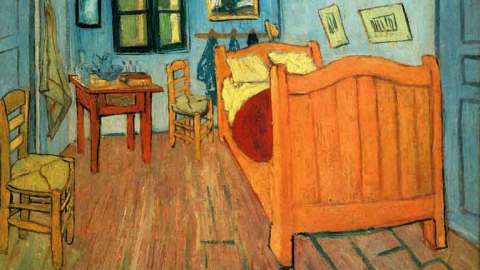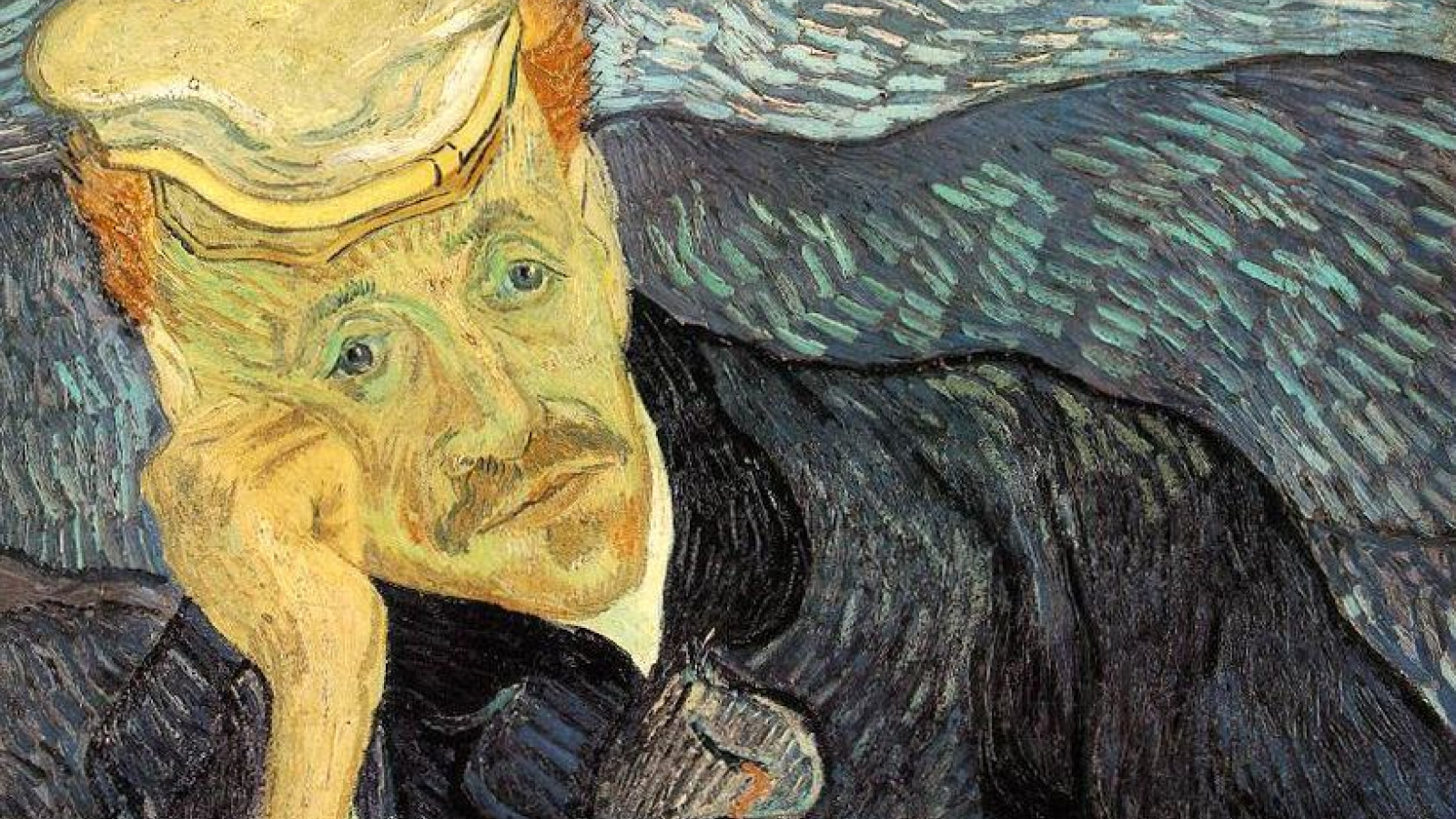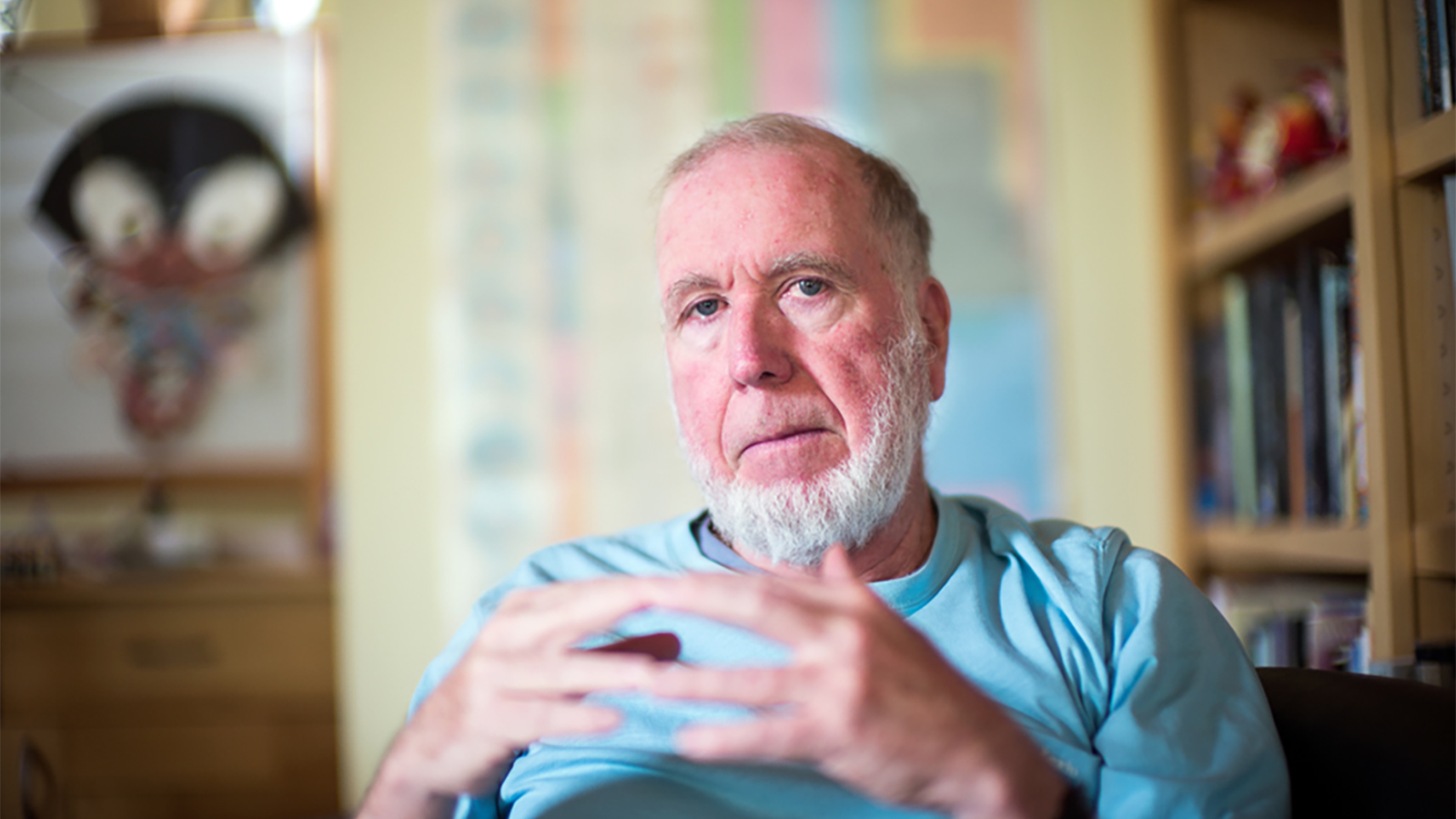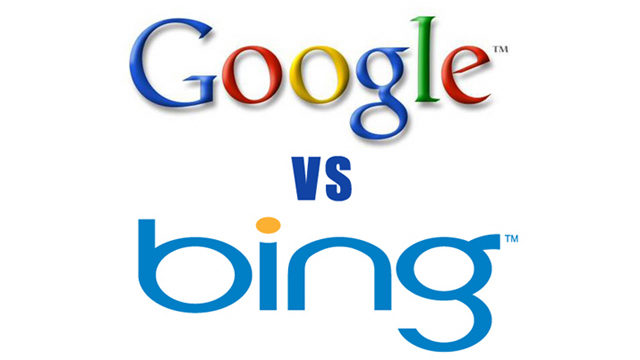From Your Bedroom: The Promise of Google Art Project

One of the true joys of the internet is that you can do pretty much anything (even blog) from the comfort of your own bedroom (maybe even in your pajamas). That convenience and access keep us searching for newer devices to keep us online wherever we go. Up to now, virtual museum-going seemed a hit-or-miss proposition. An institution here or there would go out on a limb and put their content on a platform. Some museums sought online life through existing forums such as Second Life. Google, however, has taken virtual museum-going to a new level with Google Art Project, a consortium of 17 museums around the world sharing not only gigapixel versions of works in their collections, but also allowing you to “stroll” virtually through their galleries. Finally, you can examine Vincent van Gogh’s 1888 Bedroom in Arles, housedin the Van Gogh Museum in Amsterdam, from the comfort of your own bedroom, anywhere.
The Art Project already has a YouTube channel set up. Their visitor’s guide provides a good starting point for trying to comprehend the magnitude of what they’ve already accomplished and what the potential for this project could be. The navigation set-up couldn’t be easier—you just select a museum from the homepage and choose either “Explore the museum” or “View Artwork.” Intuitive drop-down menus guide you the rest of the way. Exploring museums features the “street view” technology already familiar to those who use Google Maps. (This behind the scenes video shows how Google got around these famous museums to capture the images for this feature.) You can stroll down the hallways of whichever museum you choose and even jump to another room or floor in a flash thanks to the interactive floor plan. See something you’re interested in? Just click away and you can learn more about the museum or the individual work.
“View Artwork” opens up mind-boggling, high resolution images of each work, along with information about the piece, the artist, and, if available, even YouTube videos about the piece. The gigapixel resolution allows you to get closer than even if you were there in the flesh in front of the real deal. Everything from the texture of Van Gogh’s brushstrokes to the tiny details (some would say secrets) of a Poussin to the tiny highlight of paint that magically becomes the glint of a child’s eye in a portrait all appear in stunning detail. The “Create an Artwork Collection” allows you to save and even share these discoveries and even add your comments, starting conversations and maybe even arguments.
In addition to the American museums The Metropolitan Museum of Art, the MoMA, The Frick Collection, and The Smithsonian’s Freer Gallery of Art, Berlin’s Alte Nationalgalerie and Gemäldegalerie, Madrid’s Museo Reina Sofia and Museo Thyssen-Bornemisza, Prague’s Museum Kampa, London’s National Gallery and Tate Britain, France’s Palace of Versailles, Amsterdam’s Rijksmuseum and Van Gogh Museum, St. Petersburg’s State Hermitage Museum, Moscow’s State Tretyakov Gallery, and Florence’s Uffizi Gallery opened their collections to Google. Of course, not every work in every institution is available (some works are deliberately obscured on the “street view” due to copyright restrictions), but Google Art Project already offers more than a lifetime’s worth of viewing. The lineup shows art history’s bias for the Western tradition, so it will be interesting to see if and when Google brings Asian, Middle Eastern, and African art into the fold to make this a truly global enterprise.
The potential for this project is literally unimaginable. Students can now study works around the globe as well, and often better, than if they traveled there in person. The disabled no longer need to worry about crowds or accommodations. Those feeling the pinch of strained finances no longer need plane tickets and a hotel to see works now just a Wi-Fi connection away. The dawn of this project reminds me of the heady early days of Google Books and the dream of making every book ever printed just a few clicks away. Hopefully, Google has learned from that misadventure and will not disappoint art lovers around the globe the same way that once did bibliophiles.
The events in Egypt of these past few weeks remind all of us just how interconnected our world now is. When the ruling powers sought to control the protestors, the first thing they did was cut access to the internet. Google Art Project crosses borders and can make national cultures truly world cultures. I look forward to a lifetime of wandering halls of places I may never physically enter and looking at works I might never have the chance of seeing as closely as Google Art Project allows me to. Just as e-readers can convert paper-loving dinosaurs such as myself to change, maybe Google Art Project will convert art lovers to realize that maybe there is something just as good, and maybe even better, than standing in front of the real thing.





